Cambridge quite rightly has a reputation as one of the most beautiful cities in the UK. With more than 20 listed buildings per square kilometre and just behind Oxford and central London in its density of Grade I listed buildings, a key aspect that makes Cambridge such a popular place to live, work, study and visit is its undeniable character and charm.
Its position at the heart of East Anglia has also made Cambridge an attractive place to do business and it has forged a highly deserved reputation as a world leader in research and development – spearheaded by expertise in life sciences, pharmaceuticals, biotechnology, IT and engineering.
Despite the challenges faced during the pandemic, the appetite for office and laboratory space continues to grow and the market remains buoyant. Productivity growth is 24 per cent ahead of the national average and value added per worker is set to overtake London later this year, achieving a 6 per cent lead by 2030.
But the success has been a double-edged sword. At their peak in 2008 property prices were 13.5 times greater than local average earnings – increasing 241 per cent since 2001. This has stretched affordability and means the city struggles to attract younger workers.
A significant number live outside the city in nearby towns and villages and if this continues it could have negative consequences for footfall and the retail and leisure offering. There is also a risk of losing potential workers who reject the commuter lifestyle and would rather live in a more affordable city with an easier journey to work.
According to Oxford Economics, the number of 25-59 year-olds living in Cambridge is expected to fall by 12 per cent between 2021 and 2031. This is a direct consequence of the city’s unaffordability.
As outlined in our recent research (Cambridge – Thriving on Innovation), the city’s current rate of economic growth won’t be able to continue without a step change in development.
Although Cambridge has been meeting its housing delivery targets, many more new homes are needed if the city is to make a dent in affordability. But it’s not just a case of building homes for the sake of it. There needs to be well-targeted policy, with homes of the right type built in the right place to suit everyone from singles and couples through to families. Any new development will also need to make sure it caters for Cambridge’s strong rental market.
The housing supply currently on the horizon is largely focused on delivering large, relatively low density sites on the city fringe - but this does not necessarily tally with Cambridge City Council’s ambitions to reach net zero by 2030. Greater reliance on cars means emissions per person are usually much higher than in denser, more central locations.
Focusing on increasing residential density in the city centre would help with reaching sustainability targets as well as attracting and retaining younger households within the city itself. However, given the heritage challenges of building centrally, it is understandable that the bulk of new housing will continue to be on the edge.
This will mean more trips to and from the centre, even if the current trend of working from home continues. Facilitating these journeys in a sustainable manner, such as with regular environmentally friendly buses or greater investment in rail or tram networks, should therefore be a priority going forward.
A key challenge will be how Cambridge continues to adapt to its changing needs without losing its rich vibrancy and diversity in character. Local councils, developers and infrastructure providers will need to work together and harness the city’s spirit of innovation to deliver new homes in a cohesive manner – balancing the needs of different types of households alongside allowing for sustainable lifestyles.
Further information
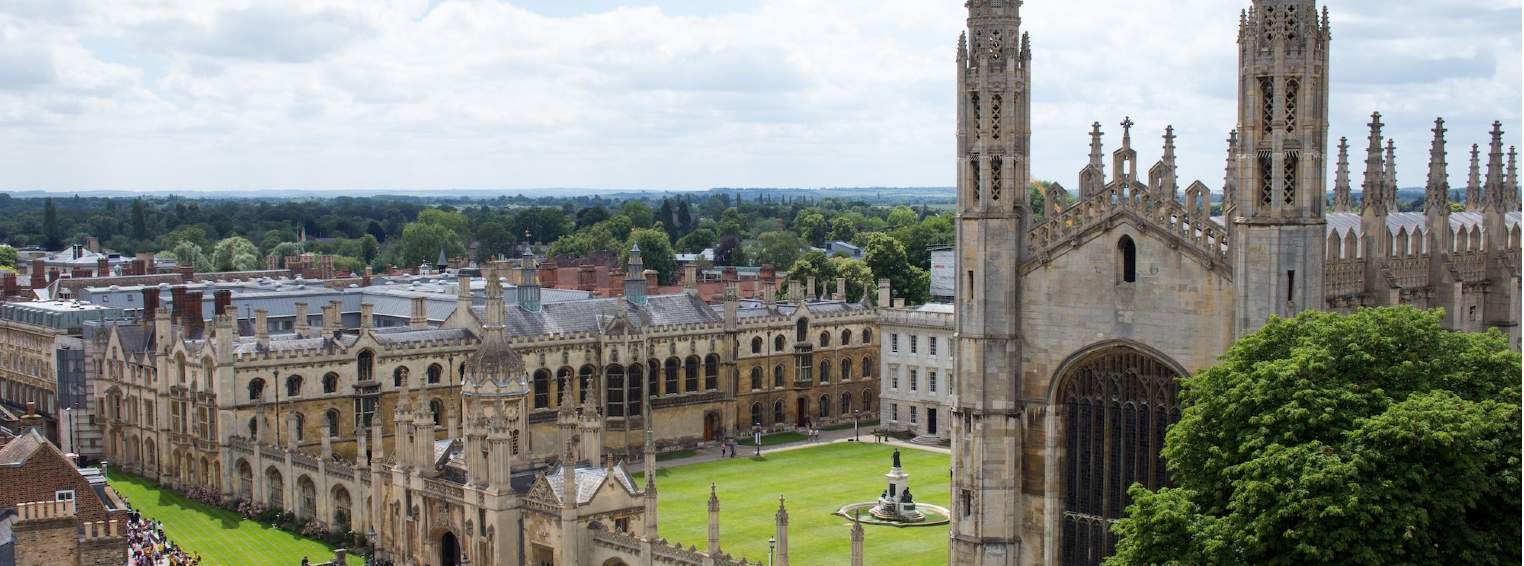
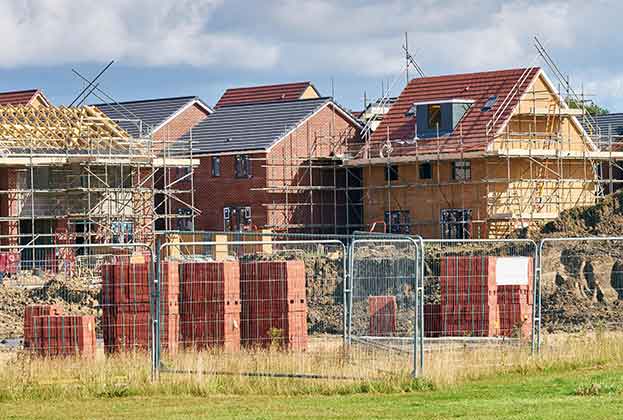
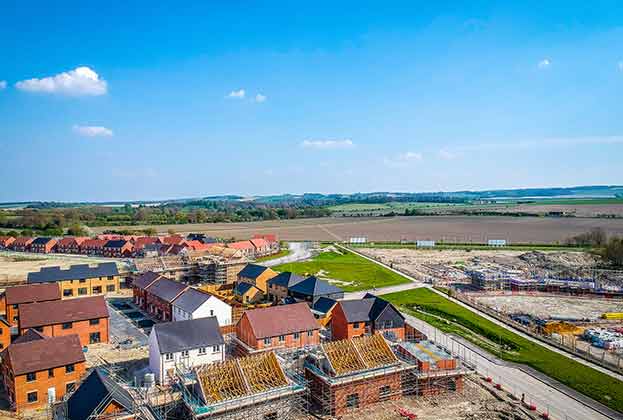
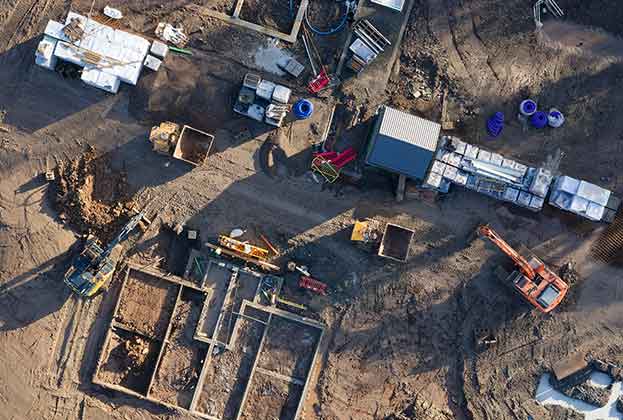
.jpg)
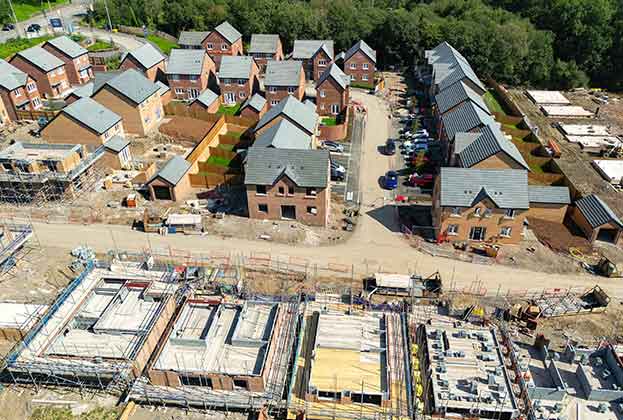

.jpg)
.jpg)

.jpg)